10 Spectacular Books to Ignite Unstoppable Business Growth
ChatGPT Discover 10 essential books for managing and operating a business effectively. Gain actionable strategies, real-world examples, and practical tips from expert authors to help you build trust, scale operations, and navigate business challenges.

Navigating the complex world of business management requires a solid foundation of knowledge and practical strategies. These ten books provide invaluable insights and actionable advice for entrepreneurs seeking to elevate their businesses. Below, I outline the key concepts, provide real-world examples, and offer practical tips to implement these strategies in your business.
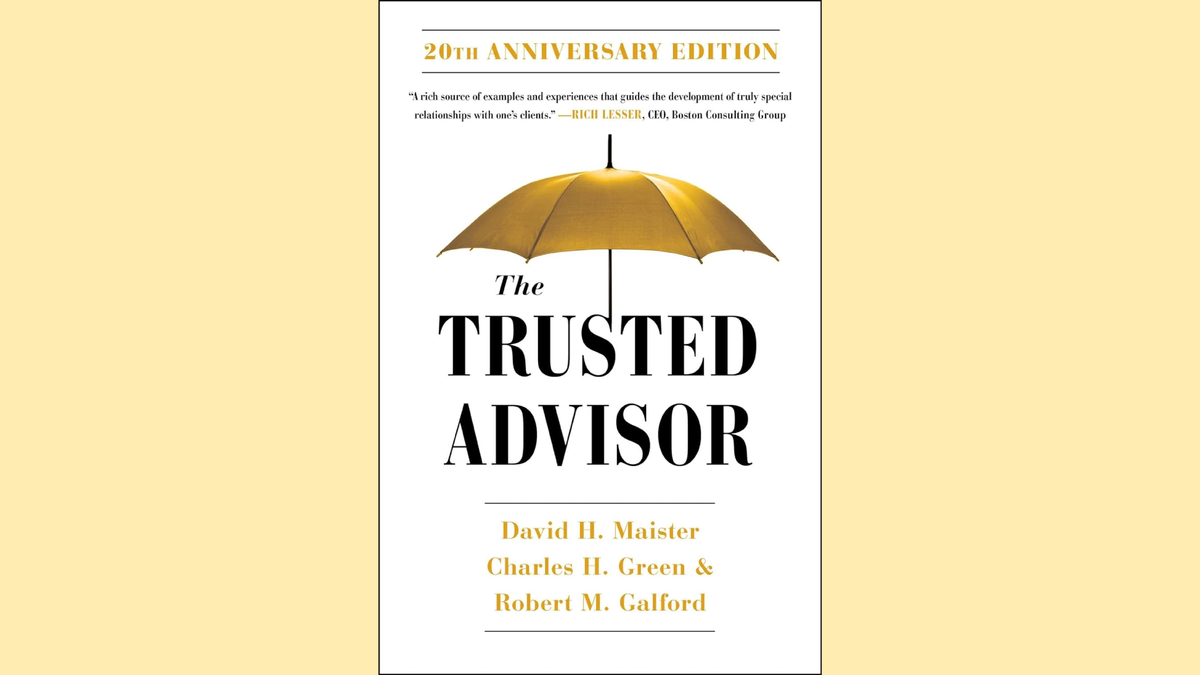
1. The Trusted Advisor by David Maister
Key Concept: Building Trust
Summary: This book focuses on building and maintaining trust in client relationships. It offers practical advice on becoming a trusted advisor through reliability, transparency, and empathy.
Example: A consultant working with a new client focuses on understanding the client's needs and consistently delivering valuable insights and solutions. The consultant becomes a trusted advisor by being reliable, transparent, and empathetic, leading to long-term business relationships and repeat engagements.
Practical Tip: Regularly seek client feedback to understand their evolving needs and demonstrate your commitment to their success.
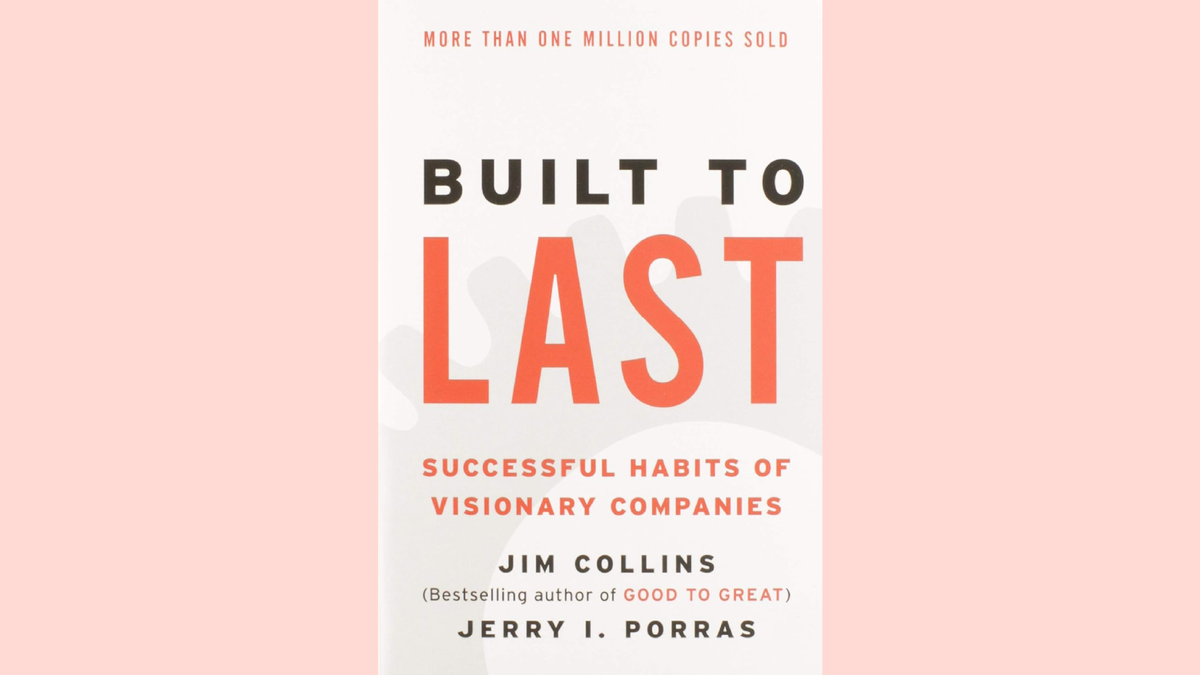
2. Built to Last by Jim Collins and Jerry I. Porras
Key Concept: Visionary Companies
Summary: This book identifies and examines the key characteristics of companies that have thrived over long periods. It introduces core values, a purpose beyond profit, and preserving the core while stimulating progress.
Example: A tech company establishes core values and a mission statement focused on innovation and customer satisfaction. By fostering a culture that encourages continuous improvement and aligning all efforts with these core values, the company sustains growth and remains a market leader for decades.
Practical Tip: Clearly define and communicate your company’s core values to all employees, ensuring they are integrated into daily operations and decision-making processes.

3. Traction by Gino Wickman
Key Concept: Entrepreneurial Operating System (EOS)
Summary: Traction provides a detailed guide on implementing the EOS, focusing on six key components: Vision, People, Data, Issues, Process, and Traction. This system helps businesses achieve alignment and growth.
Example: A mid-sized manufacturing business implements EOS by defining its vision, assigning the right people to the right roles, using data to drive decisions, identifying and solving issues, documenting core processes, and setting quarterly goals (Rocks) to maintain focus and achieve measurable progress.
Practical Tip: Hold regular meetings (e.g., weekly L10 meetings) to ensure alignment, address issues, and track progress on key goals.
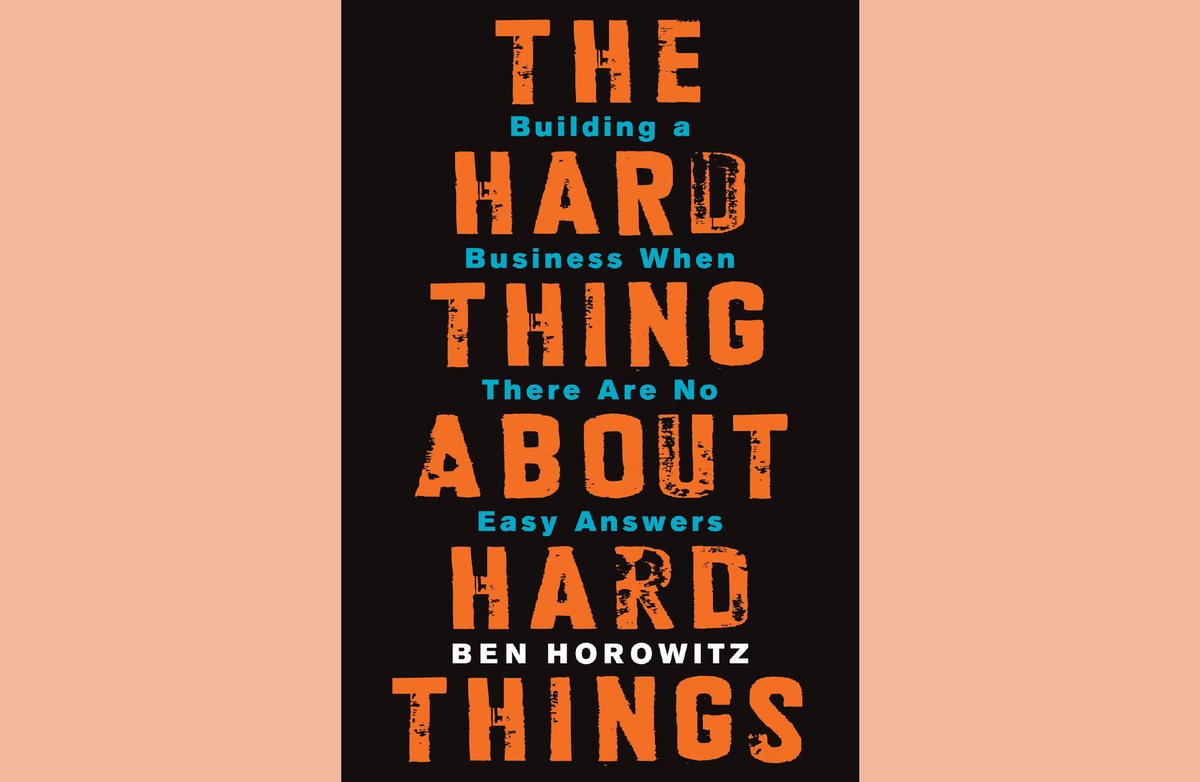
4. The Hard Thing About Hard Things by Ben Horowitz
Key Concept: Navigating Business Challenges
Summary: Horowitz offers real-world advice on handling the most challenging problems that arise in running a business. Topics include managing through crises, building a solid company culture, and making tough decisions.
Example: During an economic downturn, a CEO must lay off a significant portion of the workforce to save the company. By communicating transparently, making tough decisions quickly, and supporting the remaining employees through the transition, the CEO stabilizes the business and positions it for recovery.
Practical Tip: Develop a crisis management plan with clear communication strategies, decision-making processes, and employee support systems.

5. Scaling Up by Verne Harnish
Key Concept: Scaling Businesses
Summary: This book outlines a comprehensive framework for growing a business, focusing on the Four Decisions: People, Strategy, Execution, and Cash. It provides tools and techniques for overcoming the barriers to scaling.
Example: A fast-growing software startup uses the Scaling Up framework to address challenges in hiring, strategy execution, and cash flow management. By implementing the Four Decisions framework, the company optimizes its operations, attracts top talent, and achieves sustainable growth.
Practical Tip: Regularly review and update your company’s strategic plan, ensuring it aligns with current market conditions and business objectives.
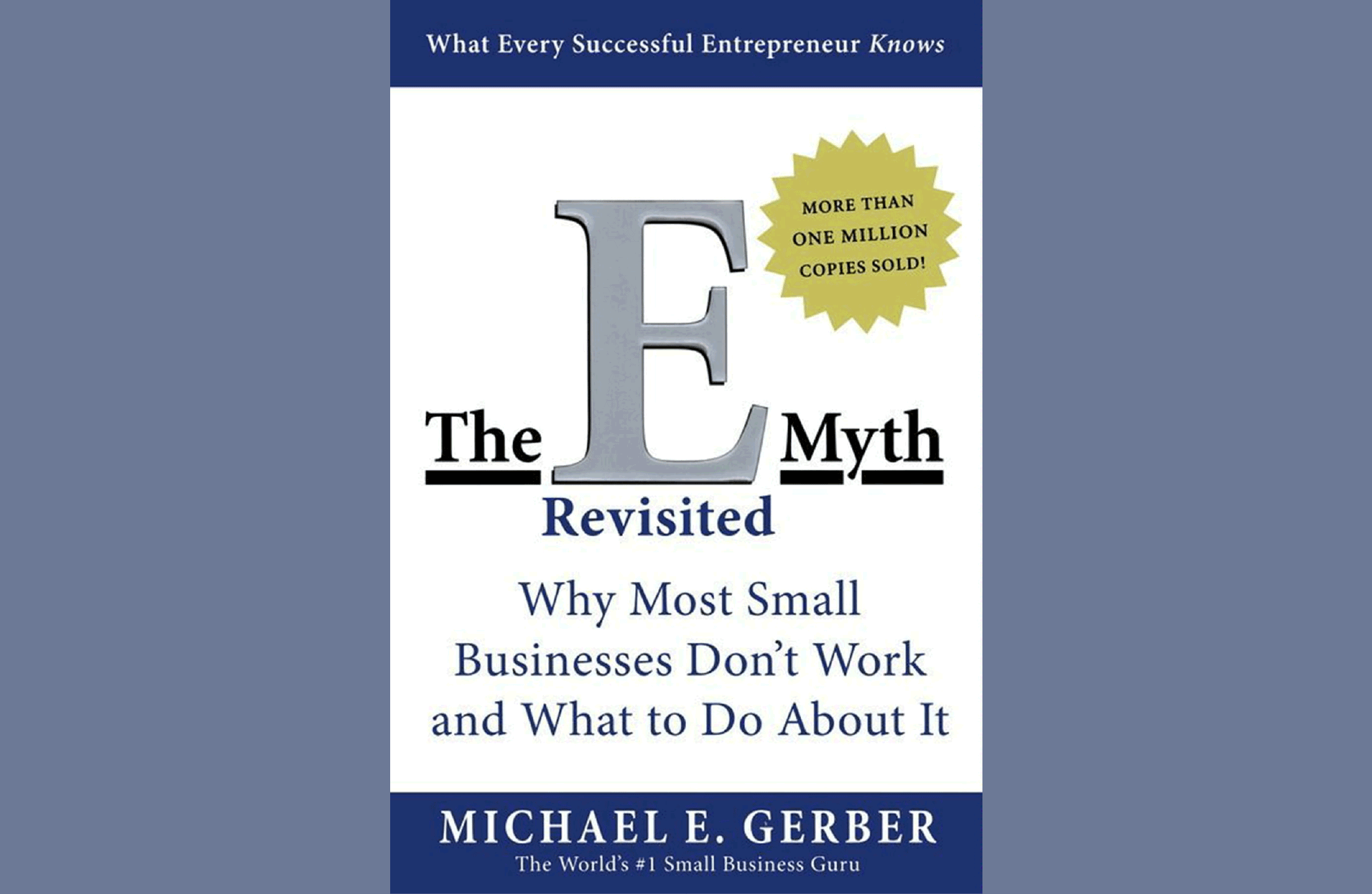
6. The E-Myth Revisited by Michael E. Gerber
Key Concept: Business Systems
Summary: Gerber explains why small businesses fail and offers a new perspective on entrepreneurship. The key message is to work on your business, not just in it, by developing systems that allow it to operate efficiently and effectively.
Example: A small bakery owner realizes they are spending too much time on daily operations and not enough on growth. By developing standardized processes for baking, customer service, and inventory management, the owner can delegate tasks and focus on expanding the business.
Practical Tip: Create detailed process documentation for all critical business activities. This will enable employees to follow consistent procedures and maintain quality.
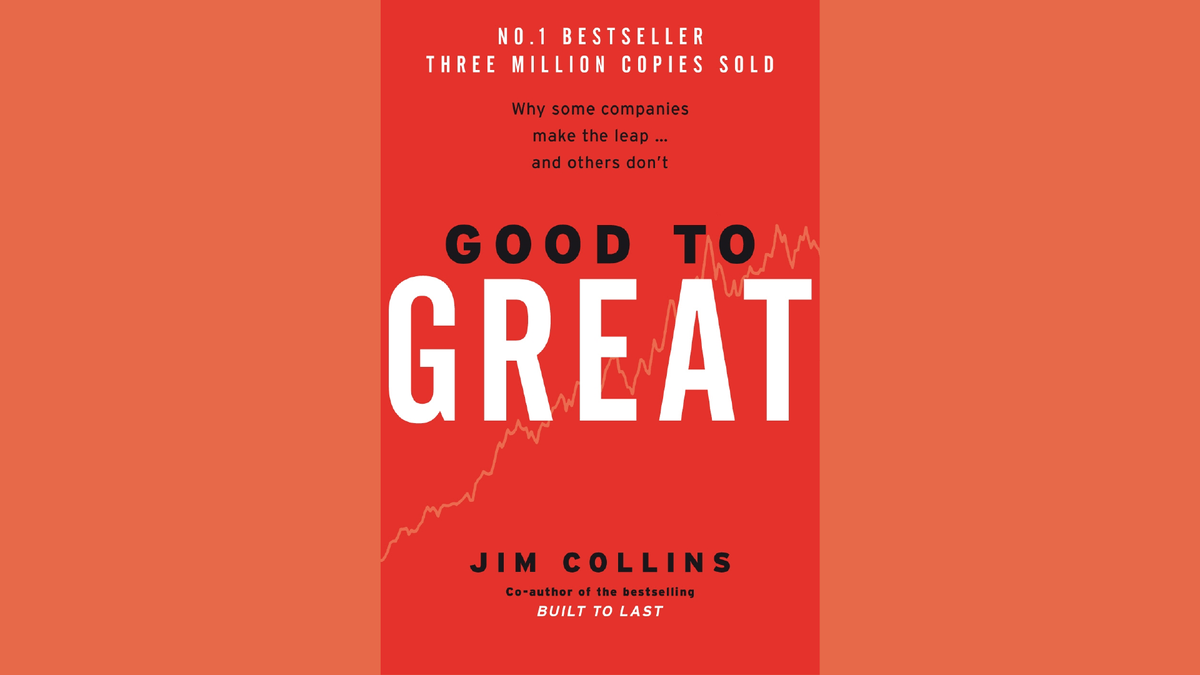
7. Good to Great by Jim Collins
Key Concept: Level 5 Leadership and the Hedgehog Concept
Summary: Collins analyzes what differentiates good companies from great ones, offering critical principles for achieving sustained success. Key concepts include Level 5 Leadership, the Hedgehog Concept (focusing on what you can be the best at), and the Flywheel Effect (building momentum).
Example: A company leader embodies Level 5 Leadership by being humble yet determined, putting the company's success above personal ambition. The company also identifies its Hedgehog Concept, focusing on a niche market where it can excel, leading to significant improvements in performance and market position.
Practical Tip: Identify your company’s Hedgehog Concept by finding the intersection of what you are passionate about, what you can be the best at, and what drives your economic engine.

8. Measure What Matters by John Doerr
Key Concept: Objectives and Key Results (OKRs)
Summary: Doerr introduces OKRs as a goal-setting framework that drives organizational focus, alignment, and engagement. The book explains how to set and measure impactful objectives and key results.
Example: A marketing team sets an objective to increase brand awareness. They define key results such as achieving a specific number of social media followers, generating a certain amount of media coverage, and increasing website traffic by a set percentage. By tracking progress against these key results, the team stays focused and achieves its goal.
Practical Tip: Implement a quarterly review process to assess the progress of your OKRs and adjust strategies as needed to stay on track.
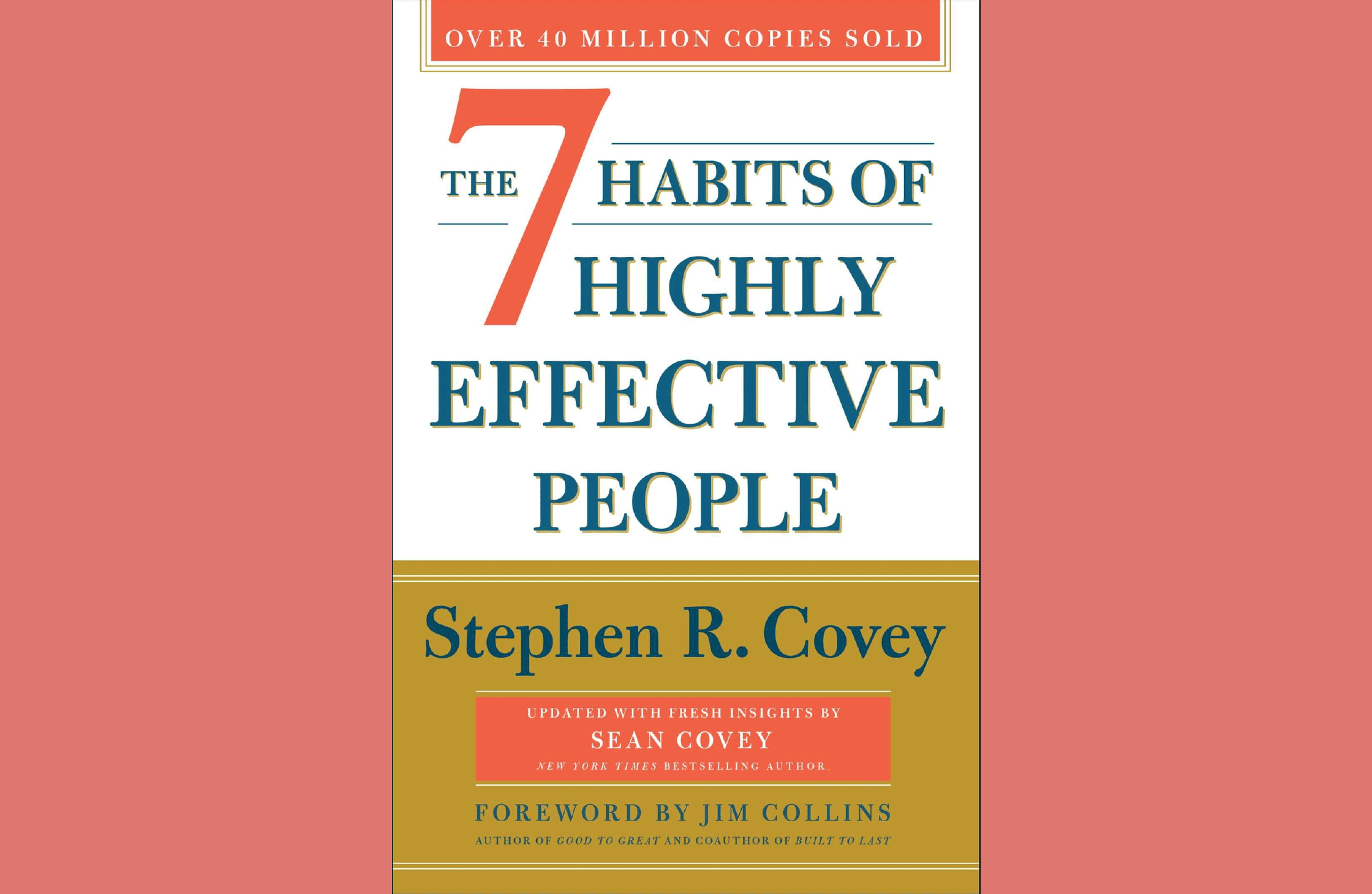
9. The 7 Habits of Highly Effective People by Stephen R. Covey
Key Concept: Personal and Organizational Effectiveness
Summary: Covey presents a principle-centered approach to personal and professional effectiveness. The habits include being proactive, beginning with the end in mind, putting first things first, thinking win-win, seeking to understand then to be understood, synergizing, and sharpening the saw.
Example: An executive adopts the habit of "Putting First Things First" by prioritizing tasks that align with the company's strategic goals. By focusing on high-impact activities and delegating less critical tasks, the executive improves productivity and contributes to the company's success.
Practical Tip: Use a time management matrix to categorize tasks based on urgency and importance. This will help you focus on activities that align with your long-term goals.
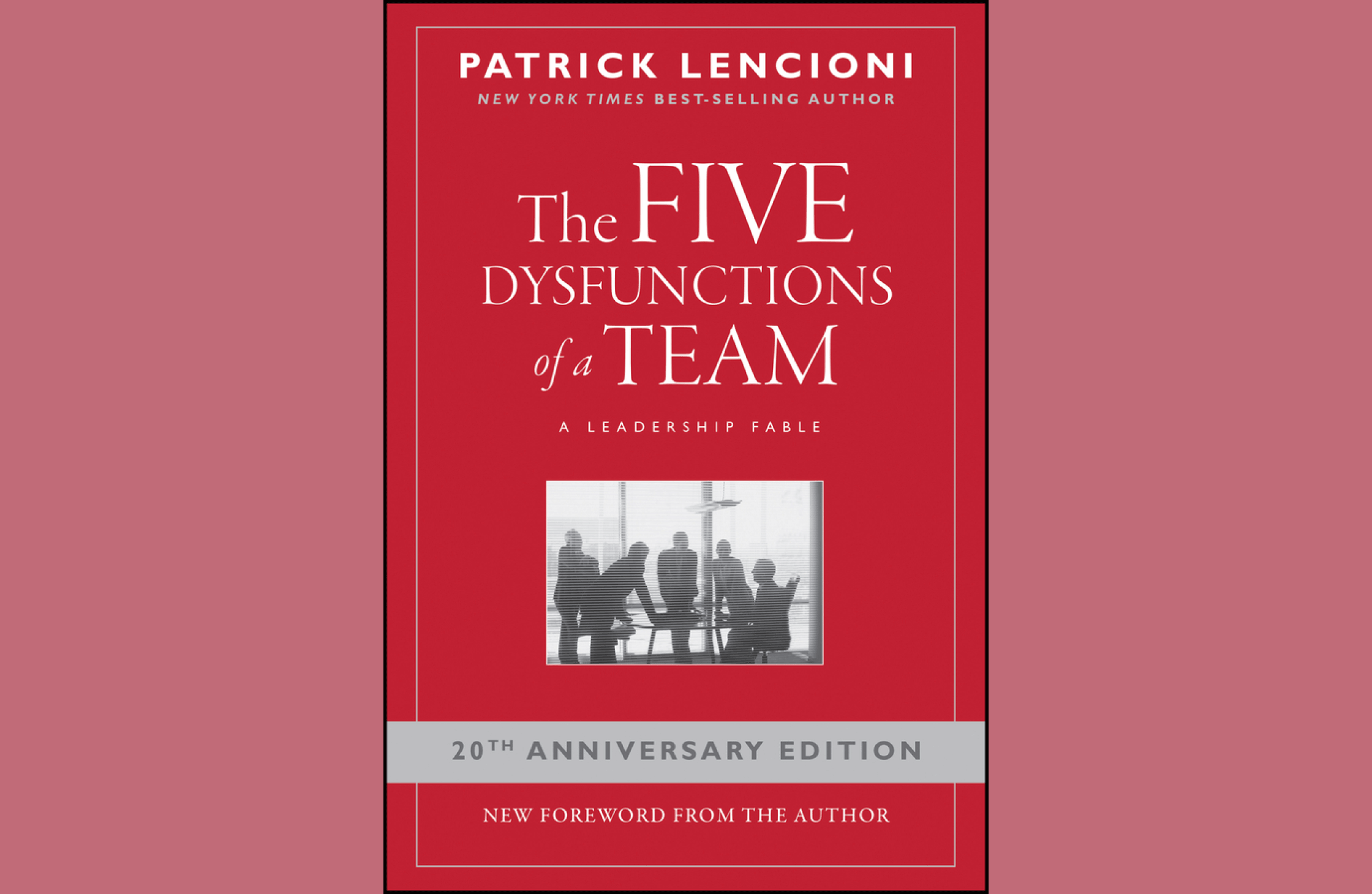
10. The Five Dysfunctions of a Team by Patrick M. Lencioni
Key Concept: Team Cohesion
Summary: Lencioni identifies five common dysfunctions that teams face: absence of trust, fear of conflict, lack of commitment, avoidance of accountability, and inattention to results. He provides actionable steps to overcome these dysfunctions and build a cohesive, effective team.
Example: A project team struggling with trust issues and poor communication undergoes a team-building workshop. They learn to address conflicts openly, commit to decisions, hold each other accountable, and focus on collective results. As a result, the team's performance and morale improve significantly.
Practical Tip: Conduct regular team assessments to identify and address any dysfunctions, fostering an environment of trust and open communication.

Analysis: Similarities and Differences
By understanding these similarities and differences, entrepreneurs can choose the books that best suit their current business needs and challenges, leveraging each book's strengths to build a robust strategy for success.
Similarities:
- Practical Advice: All these books provide actionable strategies and tips for improving various aspects of business management.
- Focus on Growth: Each book addresses different facets of business growth, from personal effectiveness to scaling operations.
- Real-World Examples: The books include real-world examples and case studies to illustrate their concepts and strategies.
Differences:
- Scope: Some books, like "The E-Myth Revisited," focus specifically on small businesses, while others, like "Scaling Up," target larger, fast-growing companies.
- Approach: Books like "The Trusted Advisor" emphasize relationship-building and trust, whereas "Measure What Matters" focuses on goal-setting frameworks like OKRs.
- Themes: While "Good to Great" and "Built to Last" analyze long-term success factors in companies, "The Hard Thing About Hard Things" guides navigating immediate, tough business challenges.
Conclusion
These ten books offer knowledge and practical strategies for effectively managing and operating a business. Entrepreneurs can build more substantial, resilient companies by integrating these resources' key concepts, examples, and valuable tips. Dive into these books, apply their lessons, and watch your business thrive.

Checklist for Managing a Company Well
Now, it's time to apply these books to your business. Take the time to answer these questions and then focus on the essential areas to help you grow your business.
Building Trust and Relationships
- Develop Trust-Based Relationships
- Are you regularly seeking feedback from clients to understand their evolving needs?
- Are you demonstrating reliability, transparency, and empathy in all client interactions?
Defining and Communicating Core Values
- Establish Core Values
- Have you clearly defined your company’s core values and mission statement?
- Are these values integrated into daily operations and decision-making processes?
Implementing Systems and Processes
- Adopt a Business Operating System (EOS)
- Have you defined the company vision and ensured everyone is aligned with it?
- Are the right people assigned to the right roles based on their strengths?
- Are you using data to drive decisions and identify and solve issues promptly?
- Are core processes documented to ensure consistency and efficiency?
- Are you setting and reviewing quarterly goals to maintain focus and achieve progress?
Navigating Challenges and Crises
- Crisis Management
- Do you have a crisis management plan with clear communication strategies and decision-making processes?
- Are you supporting employees through transitions and challenging times to maintain morale and stability?
Scaling the Business
- Focus on People, Strategy, Execution, and Cash
- Are you regularly reviewing and updating your company’s strategic plan?
- Does the plan align with current market conditions and business objectives?
- Are you attracting and retaining top talent to drive the company’s growth?
Systematizing Business Operations
- Work on Your Business, Not Just in It
- Have you developed standardized processes for all critical business activities?
- Are you delegating tasks to enable focus on strategic growth and expansion?
Leadership and Strategic Focus
- Level 5 Leadership and Hedgehog Concept
- Are you embodying humility and determination as a leader, prioritizing the company’s success?
- Have you identified the intersection of what you are passionate about, what you can be the best at, and what drives your economic engine?
Goal Setting and Measurement
- Implement OKRs (Objectives and Key Results)
- Are you setting clear, measurable objectives and key results?
- Are you regularly reviewing progress and adjusting strategies to stay on track?
Personal and Organizational Effectiveness
- Adopt Effective Habits
- Are you prioritizing tasks that align with the company’s strategic goals using a time management matrix?
- Are you focusing on high-impact activities and delegating less critical tasks?
Team Cohesion and Performance
- Address Team Dysfunctions
- Are you conducting regular team assessments to identify and address dysfunctions?
- Are you fostering an environment of trust and open communication?
- Are team members encouraged to address conflicts openly, commit to decisions, hold each other accountable, and focus on collective results?
By asking these questions, entrepreneurs can critically assess their management practices, ensuring they are fostering growth, stability, and long-term success. Each question is derived from the principles and strategies outlined in the ten essential business management books, providing a comprehensive approach to business leadership.


